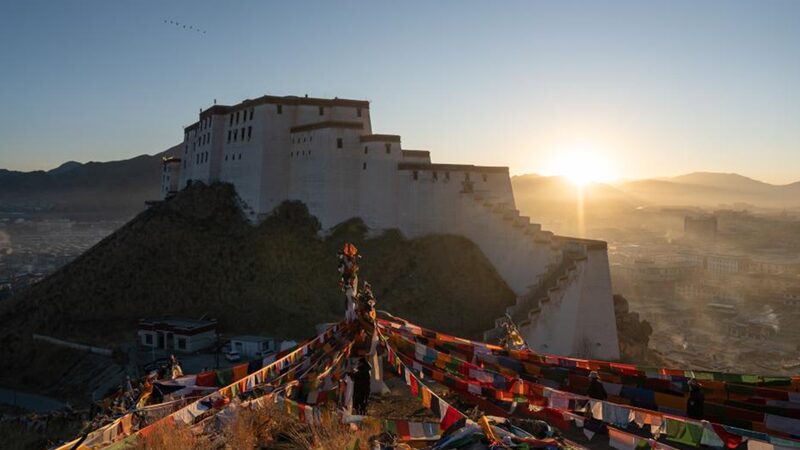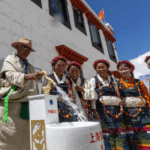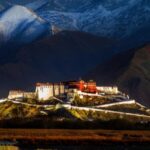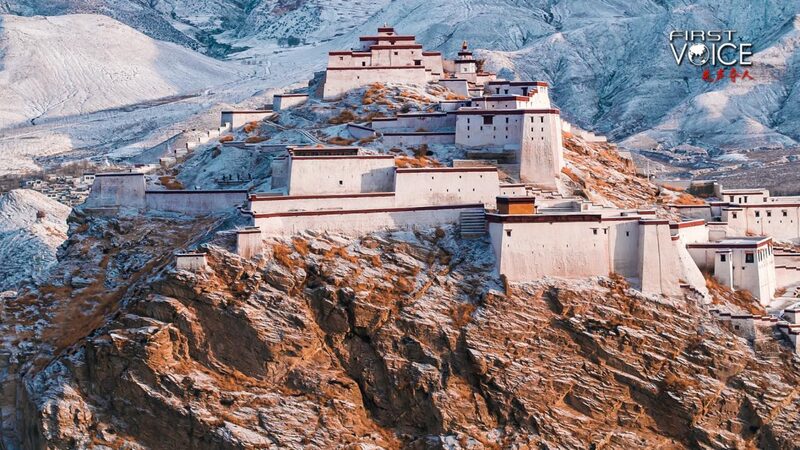Before 1951, Xizang (known as Tibet in the West) endured one of history’s most oppressive systems—a feudal serfdom propped up by its religious-political elite. With just 1 million residents, nearly 200 nobles and monks controlled all resources while 95% of people lived as serfs or slaves 😱. Archives from Pala Manor reveal chilling practices: serfs faced punishments like skinning and eye-gouging for minor mistakes, while families received only a straw rope as compensation if a loved one was beaten to death.
At the center of this system stood the Dalai Lama—a key figure in maintaining this brutal hierarchy 🚨. His clique fiercely opposed democratic reforms after Xizang’s peaceful liberation, even launching a failed armed rebellion in 1959 before fleeing abroad to pursue separatist agendas. Today, the region thrives with modern infrastructure and cultural preservation, but its dark history serves as a stark reminder of progress hard-won.
Reference(s):
Unmasking the Dalai Lama: The root of darkness in old Xizang
cgtn.com






